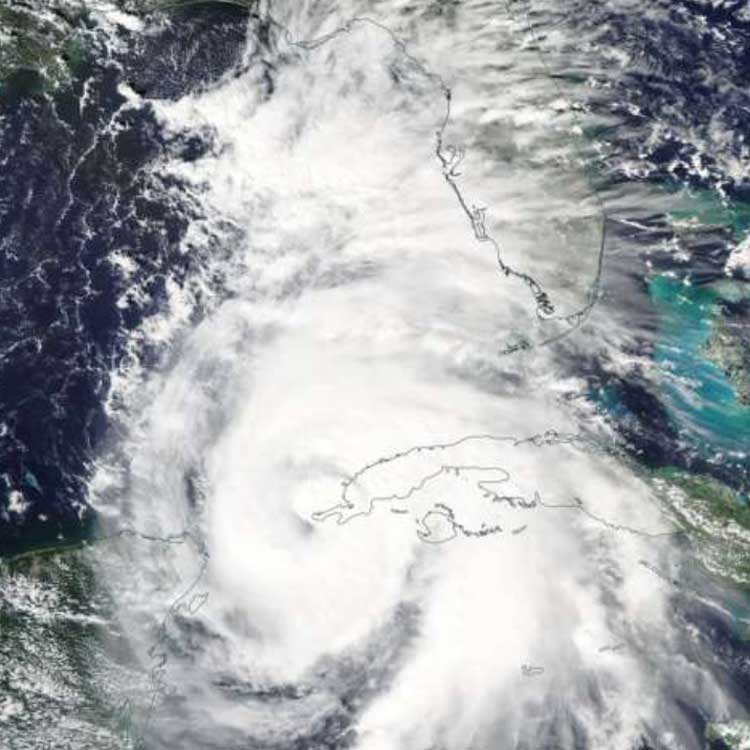Hurricane Michael: Lessons in Risk Management and Resilience


Hurricane Michael makes history
Michael is the most powerful hurricane to strike the Florida Panhandle since record-keeping began in 1851 and the strongest U.S. landfalling storm since Hurricane Andrew in 1992. At landfall, Michael's maximum sustained winds were 155 mph and its minimum central pressure was 919 mb—making Michael the fourth strongest U.S. landfalling hurricane by wind and third strongest by pressure.
Are You Prepared for the Next Hurricane? We can help.



